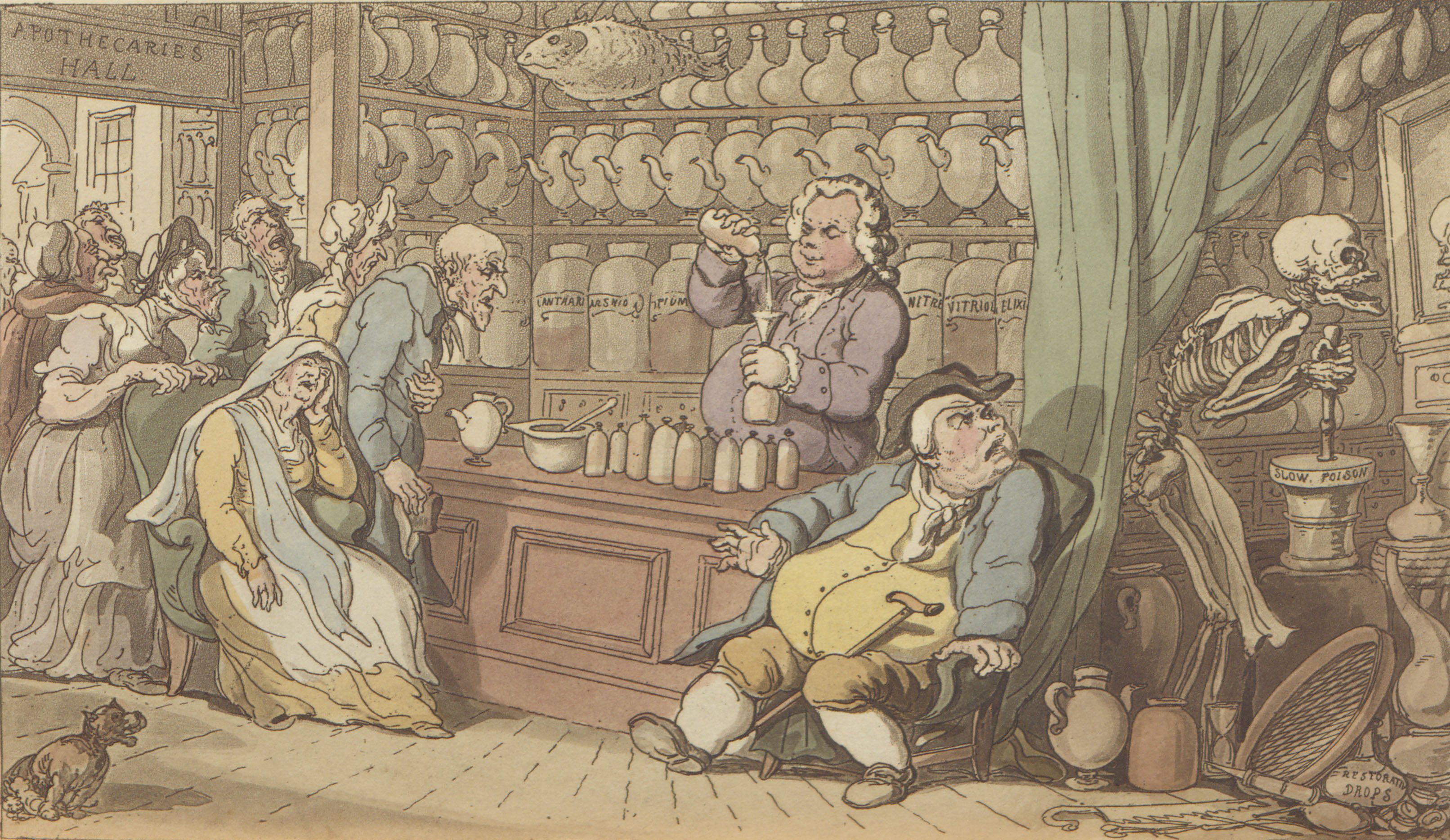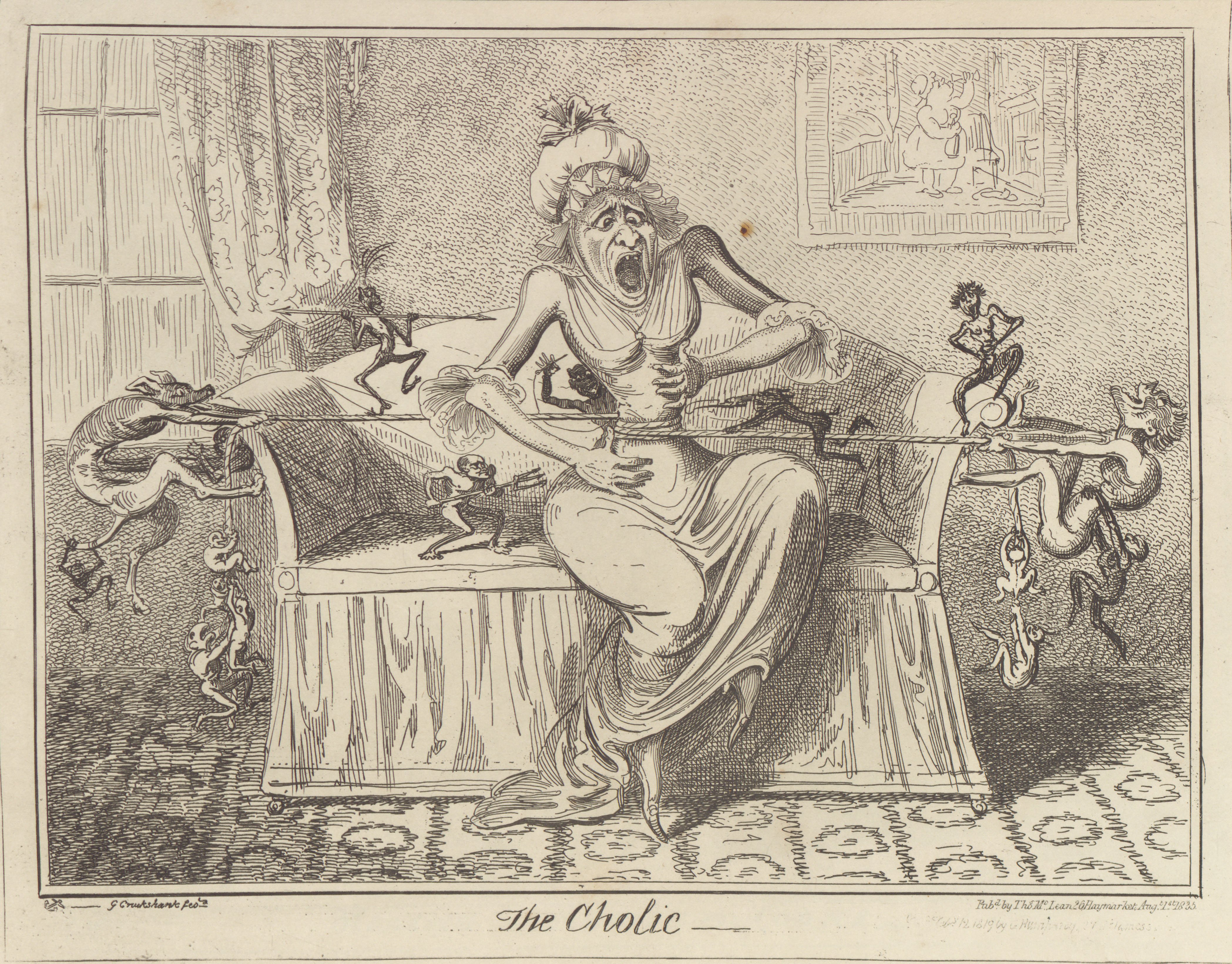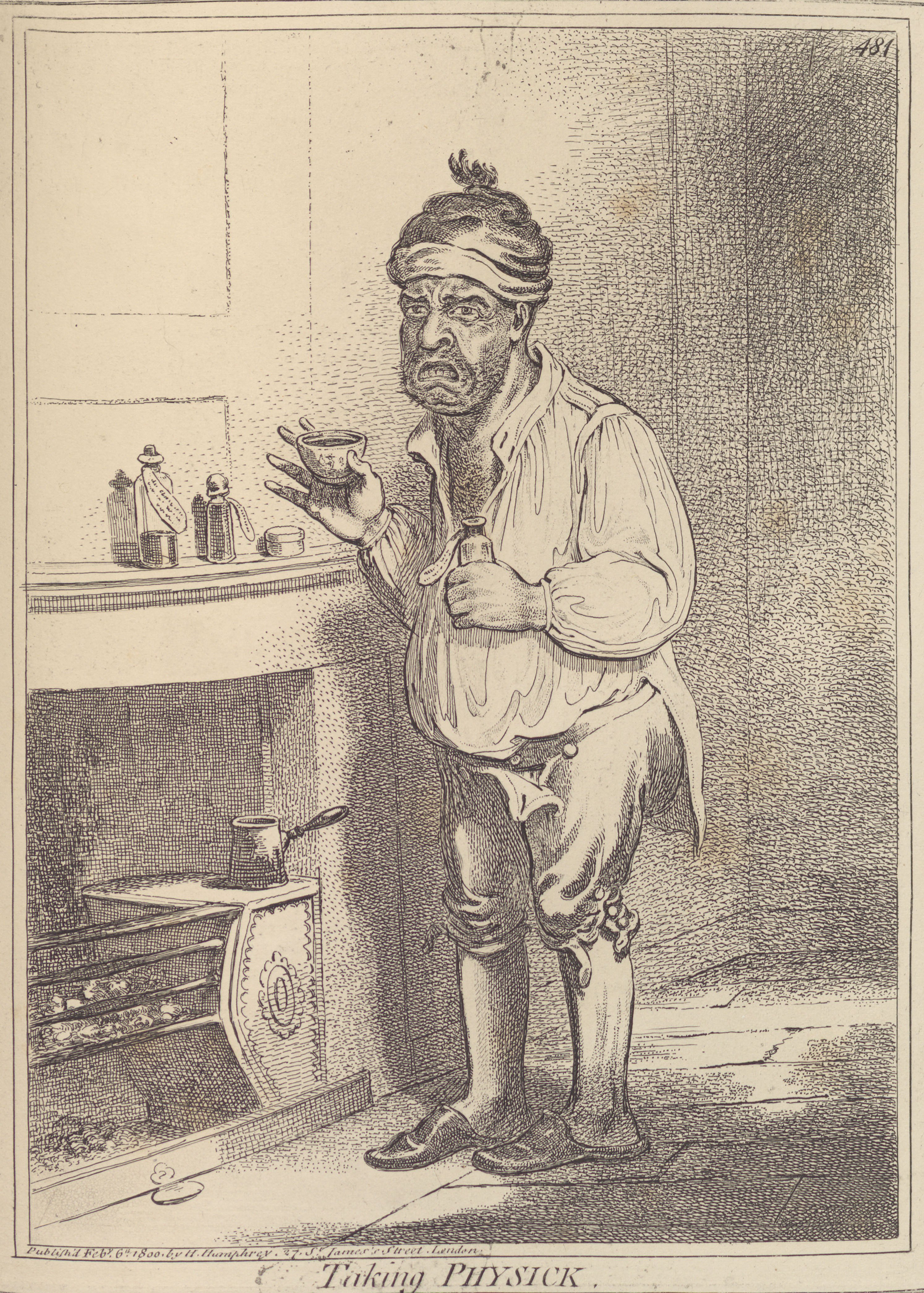Health, Illness, Medicine and Society
During the 1800s, a “therapeutic revolution” swept medicine. Physicians’ abilities to diagnose and treat diseases expanded with innovations in sciences like microbiology, pathology, and physiology, the expansion of medical institutions like hospitals and laboratories, and radical technologies like vaccines, anesthesia and x-rays. Doctors of the era often used these developments to justify new forms of professional organization, education, and regulation and assert a heroic narrative in which enlightened doctors improved society by sweeping away the quacks and dubious remedies of an earlier era. While many physicians of the era celebrated their accomplishments, others remained skeptical and contested the claims and intentions of medicine’s ascendance. Could physicians routinely offer effective therapies to the sick? Were their motives suspect? Coinciding with a revolution in print technology and the rise of widely disseminated illustrated magazines and newspapers, comics of the era richly illustrate the skepticism, contestation, and achievements of the therapeutic revolution. They provide a critical history of this era of medicine, drawn from outside the field and expressive of broader social and cultural concerns—ones that maintain contemporary resonance. Read as if panels on a page, the images across this case follow the progression of the therapeutic revolution from critical depictions of physicians and dubious remedies to narrative depictions of illness before highlighting, yet remaining skeptical of, the successes of medicine. Illustrated newspapers depict educational and clinical spaces and draw attention to epidemics and public health issues. The last images highlight the scientific and pictorial turns that occur at the turn of the century.
William Combe
The English Dance of Death: From the Designs of Thomas Rowlandson, with Metrical Illustrations
London: Printed by J. Diggens, published at R. Ackermann’s Repository of Arts, 1815-1816
PR3359.C5E6 1815 v.2 Rare
Physicians quarreling or taking their fee as a patient suffers or dies is a common satirical theme in early comics and cartoons. Prior to the therapeutic revolution, contestation around diagnoses and treatments was indicative of the limited utility and sometimes harmful aspects of medicine.




